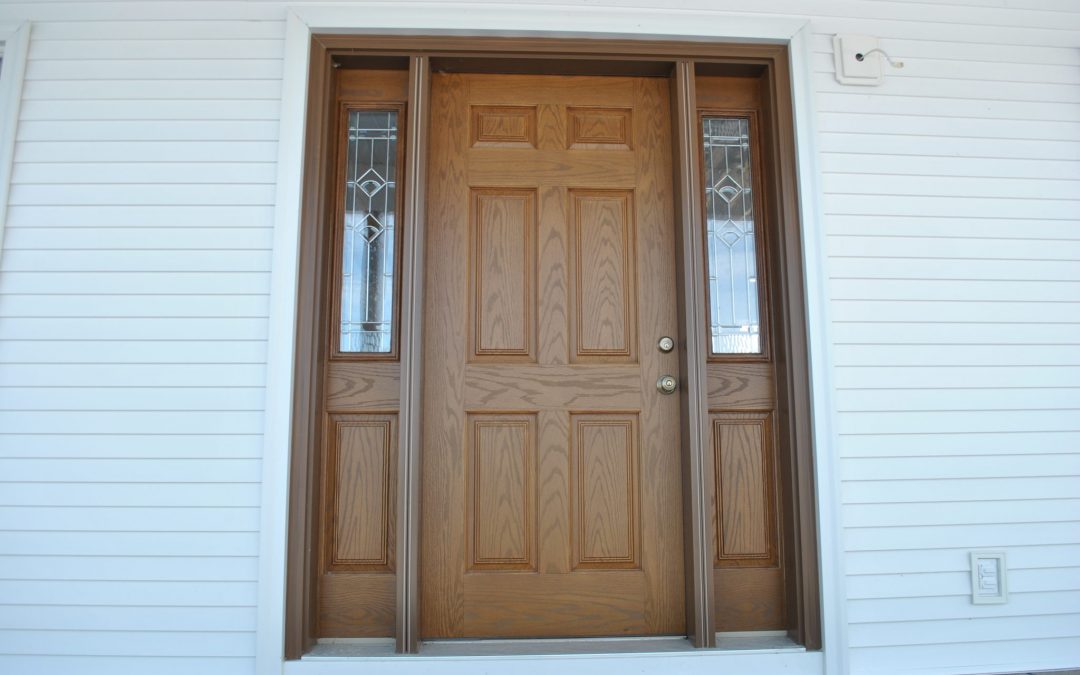Though you may think doors are all generally the same– a knob, some wood, and a hinge– interior doors and exterior doors are actually surprisingly different products. After all, interior doors and exterior doors serve separate purposes. While your front or back door may keep out intruders and the bad weather, interior doors are stylistic choices that offer privacy and logical space separations.
When shopping for a new door for your home, don’t make the mistake of choosing any old door you find on eBay. Here are a few key differences between interior and exterior doors every homeowner should know. When armed with this information, you’ll be able to choose the best door for your home’s unique needs:
Exterior Doors: Durable, Sturdy Protection
It goes without saying that exterior doors have an extremely important job to do. Entry doors work with other parts of your home’s exterior, like your roof, siding, and windows, to guard against extreme temperatures and precipitation. Exterior doors should also feature locks and thick material to bar against home invasions.
As such, exterior doors are constructed differently from interior doors. They often feature insulated cores made of metals. Steel remains the dominant exterior door material, with a market share just over 50%. Entry doors may also feature a window for greater curb appeal or to allow more light into an entryway. Finally, trendy exterior doors often sport weather-resistant coats of bright paint to keep out moisture and to complement the rest of the home.
Interior Doors: Lightweight and Simple Dividers
While exterior doors are essential to maintaining the integrity of a structure, interior doors are more of a lifestyle preference. Interior doors serve to separate private spaces or storage areas, which is why closets, bathrooms, and bedrooms often come equipped with doors. Doors between living areas, however, tend to be less common.
Since they are intended for indoor use, interior doors are much less weather-resistant than their exterior counterparts. They are often made of a single material like a lightweight wood or fiberboard, and unlike exterior doors, interior doors are rarely made with metal. Interior doors are frequently painted with a neutral color to match the surrounding walls, and rarely feature a window– after all, interior doors exist for mostly for privacy purposes!
Though somewhat intuitive, it’s important to learn the differences between interior and exterior doors. Contrary to popular belief, these two products are not interchangeable. Selecting the wrong door could even damage your home’s structure, or at the very least lead to an annoying home repair project. When equipped with the right doors, your home will stay cozier and comfier for years to come!


Recent Comments